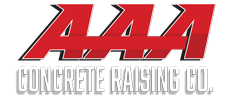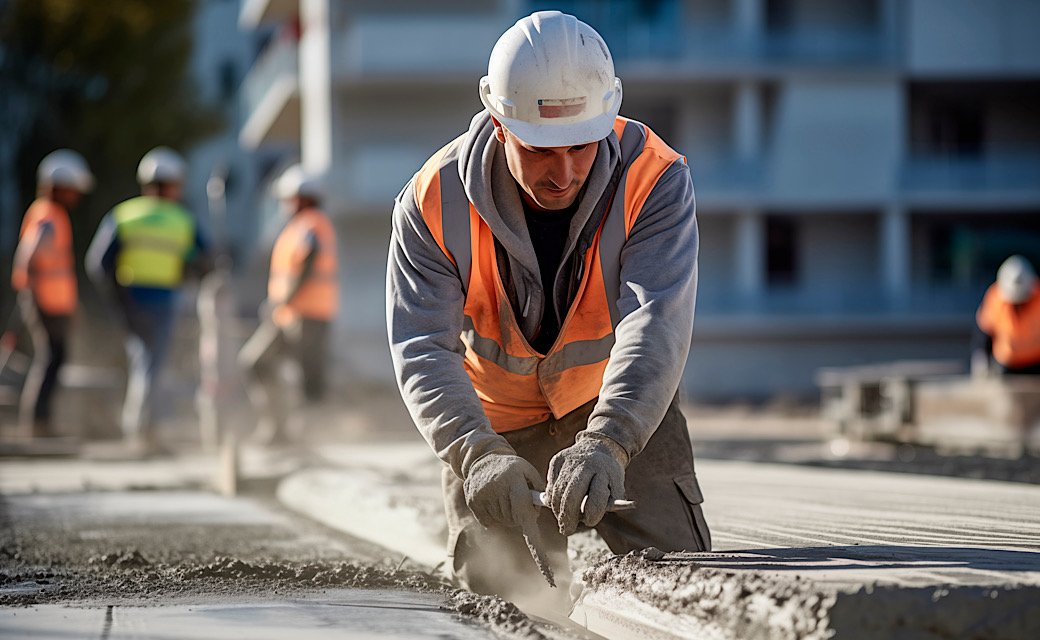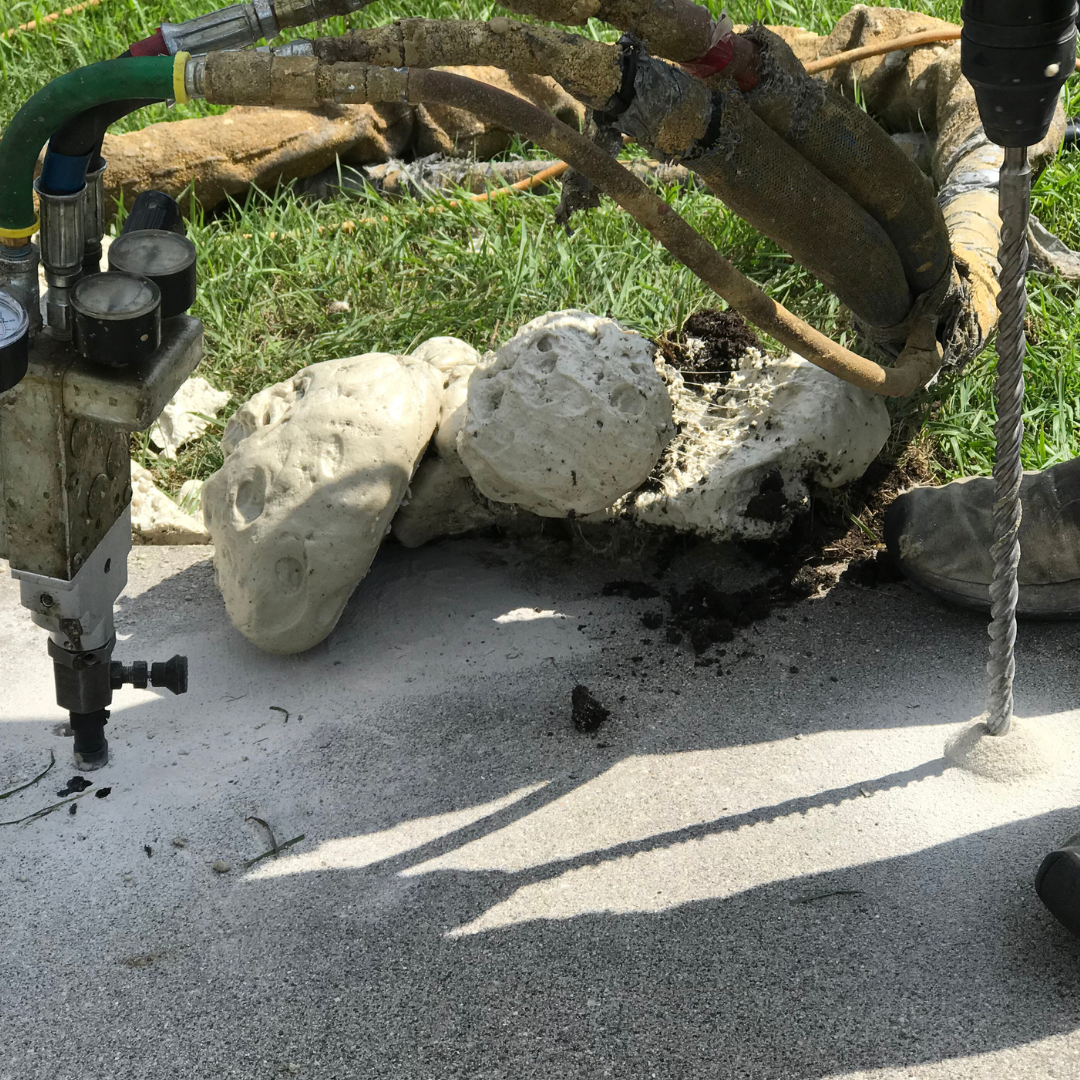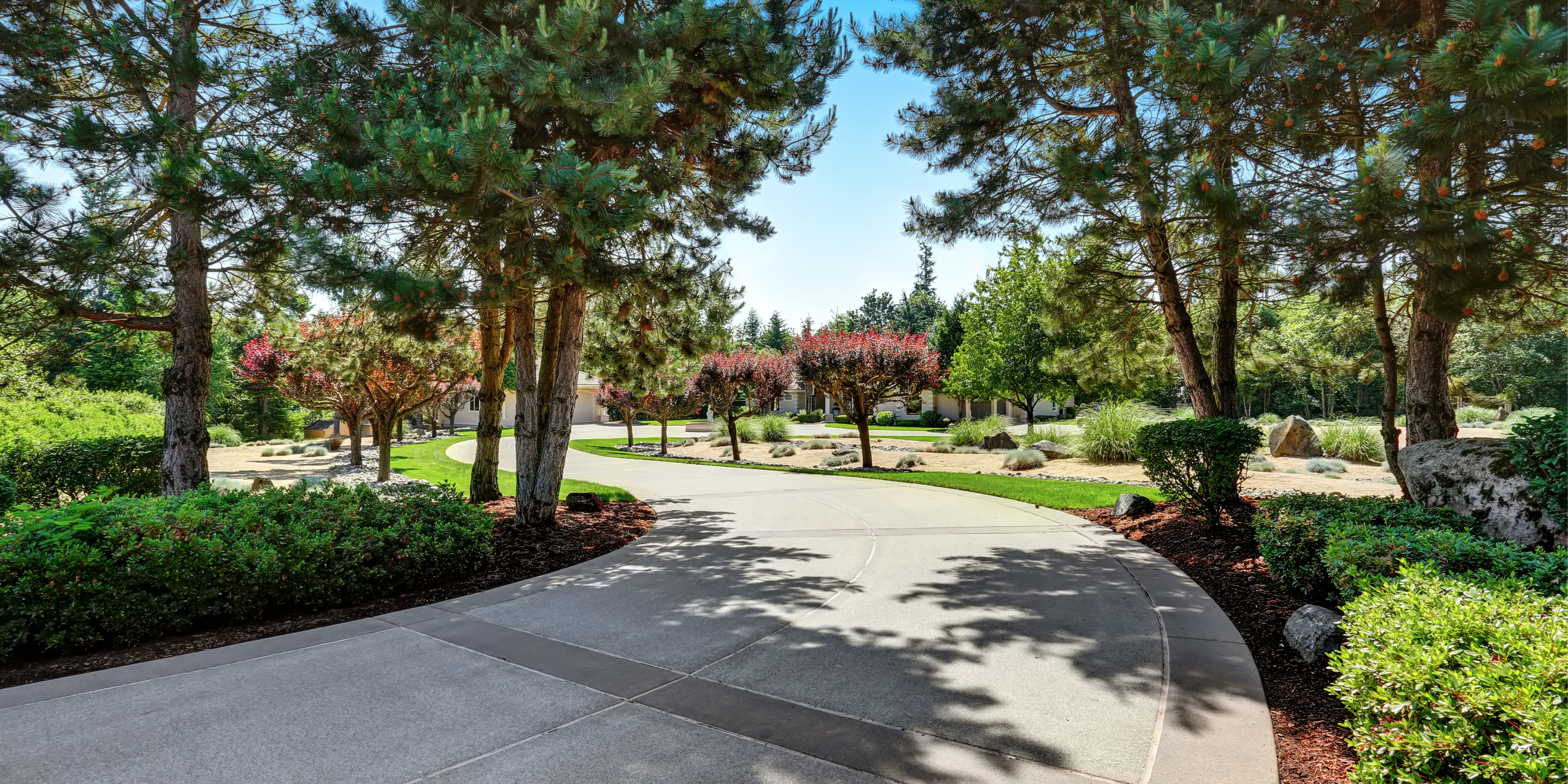Hailstorms are a common occurrence in Colorado, and their impact on various aspects of life cannot be underestimated. In this article, we delve into the specific effects of hail on concrete structures. By understanding the science behind hail formation, assessing the damage it can cause to concrete, and exploring preventive measures, we can better protect our buildings and infrastructure from the destructive force of hail.
The Science of Hail Formation
Hailstones are formed within powerful thunderstorms that have strong updrafts capable of lifting raindrops high into the freezing upper regions of the storm cloud. As these raindrops are repeatedly lifted and frozen, they grow in size, creating hailstones. The size of hailstones is influenced by factors such as the strength of the updraft and the presence of supercooled water droplets.
The Impact of Hail on Concrete
When hailstones fall onto concrete surfaces, they can cause immediate damage. The force of impact can result in cracks, dents, and even surface spalling. Visual inspection is crucial in identifying these signs of hail damage, as they can lead to long-term issues with the structural integrity of the concrete. Over time, micro-fractures may weaken the concrete, compromising its strength. Additionally, hail can affect reinforcement materials, leading to corrosion and further deterioration. The increased permeability of hail-damaged concrete also raises the risk of water infiltration, which can accelerate the deterioration process.
Hail Damage Assessment
To determine the extent of hail damage, it is advisable to seek professional evaluation. Experienced experts can assess the condition of the concrete and provide recommendations for repair and restoration. Homeowners can also perform a preliminary assessment themselves, looking for visible signs of damage. Documenting and reporting the hail damage is essential for insurance claims and ensuring appropriate compensation.
Repair and Restoration
Temporary fixes for minor hail damage can be implemented to address immediate concerns. This may involve filling in cracks and applying protective coatings to prevent water penetration. However, for significant hail damage, it is advisable to enlist the services of professionals who specialize in concrete repairs. These experts can reinforce the structure, repair the damaged areas, and restore the concrete’s integrity. Implementing preventive measures is equally important to safeguard against future hail damage. These measures may include the use of impact-resistant materials and the application of protective coatings on concrete surfaces.
Insurance Coverage for Hail Damage
Understanding insurance coverage for hail damage is crucial for homeowners and property owners. Policies may vary, so it is essential to review and comprehend the terms of your insurance policy. To file a successful hail damage claim, documentation is key. Take photographs, gather evidence, and provide detailed information about the extent of the damage to support your claim. Navigating the claims process can be complex, but with the right information and guidance, you can ensure a smoother experience.
Case Studies: Examples of Hail Damage in Colorado
Examining real-life examples of hail damage can provide valuable insights into the effects on various types of structures. Residential properties, such as houses and condominiums, often bear the brunt of hailstorms. From shattered windows to damaged roofs and driveways, the impact can be significant. Commercial buildings also face challenges, with hail damage potentially disrupting business operations. Public infrastructure, including roads and bridges, is not immune to hail’s effects, requiring timely repairs to maintain safety and functionality.
Protecting Concrete Against Hail Damage
To enhance the resilience of concrete structures against hail, several protective measures can be taken. When constructing or renovating a property, consider using roofing materials designed to withstand hail impact. These materials are specially engineered to absorb and distribute the force of hailstones. Additionally, applying protective coatings to concrete surfaces can provide an added layer of defense. Regular maintenance and inspections can help identify vulnerabilities and address them promptly. Landscaping considerations, such as the use of protective coverings or strategic positioning, can also minimize the risk of hail damage.
Hail can have profound effects on concrete structures in Colorado. From immediate surface damage to long-term structural concerns, hail poses significant risks. By understanding the science of hail formation, assessing the damage, and taking appropriate repair and preventive measures, we can mitigate the impact of hail on concrete. Working with insurance companies, documenting damage, and learning from real-life case studies are essential steps in navigating the aftermath of hailstorms. By taking action and promoting awareness, we can protect and preserve our concrete structures, ensuring their longevity and safety in the face of hailstorms. If hail damage has caused your concrete to begin to sink due to damage, contact AAA Concrete Raising and get a free quote today.





